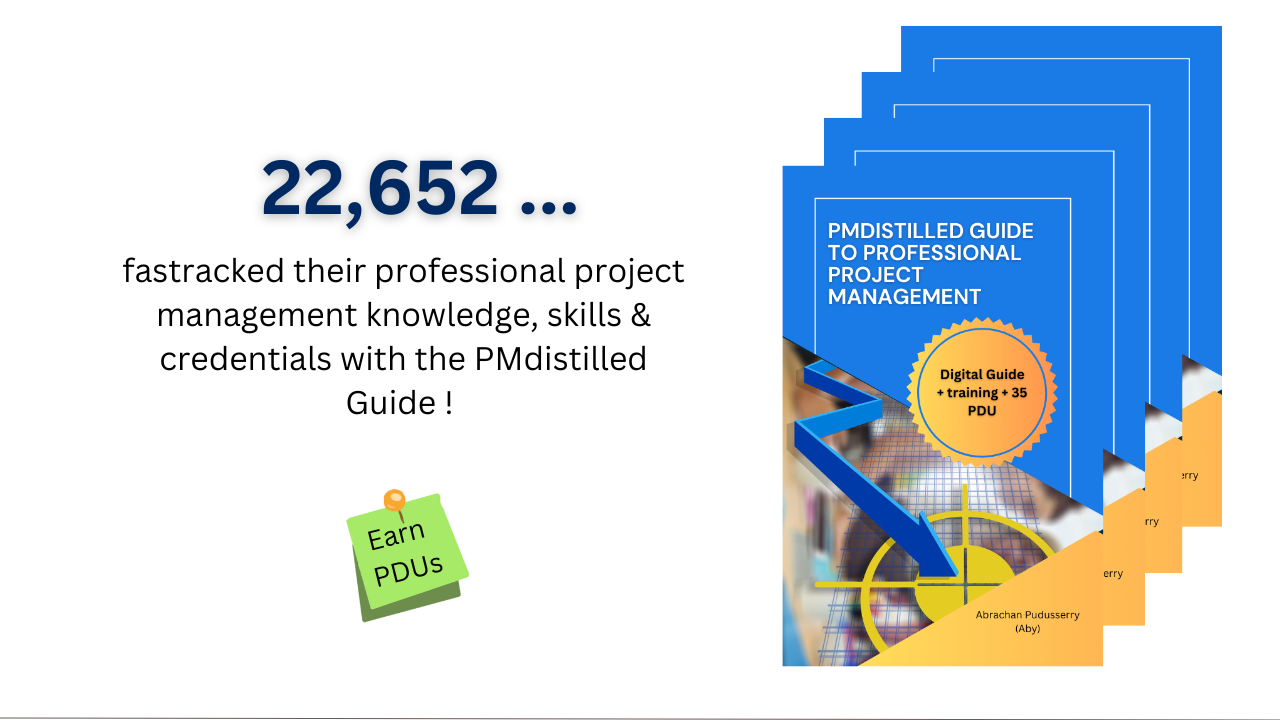Building Information Modeling (BIM) plays a significant role in requirements collection, particularly in Engineering, Procurement, and Construction (EPC) projects related to infrastructure, buildings, and facilities. BIM is a digital representation of the physical and functional characteristics of a project, offering a collaborative platform for stakeholders to visualize, design, construct, and manage buildings and infrastructure throughout their lifecycle. Here’s how BIM contributes to requirements collection:
- Visual Representation: BIM provides a visual representation of the project, allowing stakeholders to see and interact with the proposed design in 3D or even 4D (adding the dimension of time). This visual representation helps stakeholders better understand the project requirements and visualize how different components will come together.
- Spatial Analysis: BIM enables spatial analysis of the project, allowing stakeholders to assess spatial relationships, identify clashes or conflicts, and optimize spatial layout to meet requirements such as accessibility, safety, and efficiency.
- Parametric Modeling: BIM uses parametric modeling techniques to define intelligent building components with attributes and parameters. This allows stakeholders to specify detailed requirements for each component, such as dimensions, materials, performance criteria, and sustainability features.
- Integrated Data: BIM integrates various types of data and information related to the project, including architectural, structural, mechanical, electrical, and plumbing (MEP) data. This integrated data facilitates requirements collection by providing a comprehensive view of the project and its components.
- Collaborative Platform: BIM serves as a collaborative platform for stakeholders to collaborate and communicate throughout the project lifecycle. It enables multidisciplinary teams to work together, share information, and coordinate activities to ensure that requirements are captured accurately and effectively.
- Simulation and Analysis: BIM supports simulation and analysis capabilities, allowing stakeholders to simulate different scenarios, analyze performance metrics, and evaluate design alternatives. This helps validate requirements, optimize design decisions, and identify potential issues early in the project lifecycle.
- Clash Detection: BIM includes clash detection features that automatically identify conflicts or clashes between different building components, systems, or disciplines. By detecting clashes early, stakeholders can address conflicts and ensure that project requirements are met without costly rework.
- Visualization and Communication: BIM enables stakeholders to visualize and communicate project requirements more effectively through 3D renderings, animations, and virtual reality (VR) simulations. This enhances stakeholder engagement and facilitates consensus-building around project requirements.
Overall, BIM enhances the requirements collection process by providing a digital platform for stakeholders to collaborate, visualize, analyze, and communicate project requirements more effectively. It improves the accuracy, efficiency, and quality of requirements collection, ultimately leading to better project outcomes and stakeholder satisfaction.

